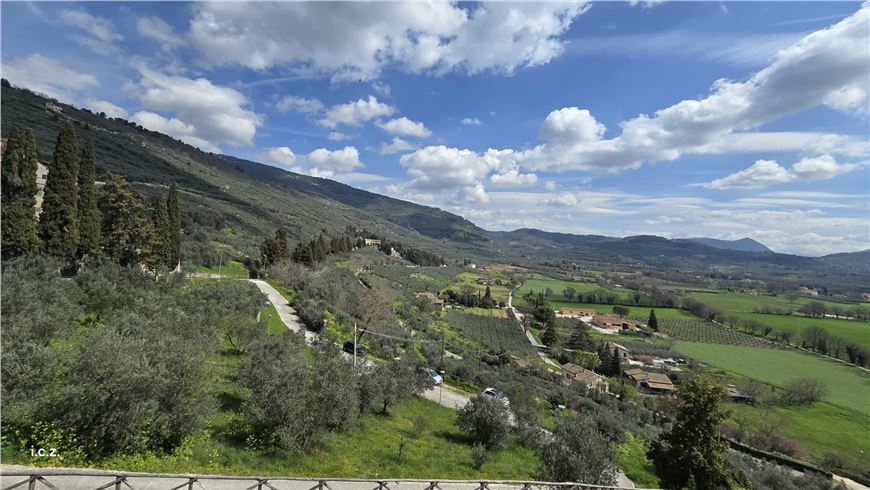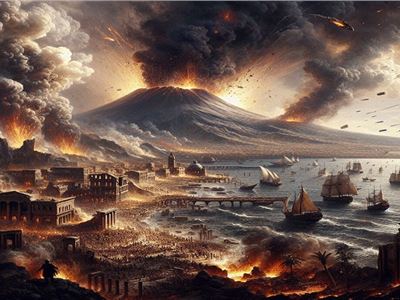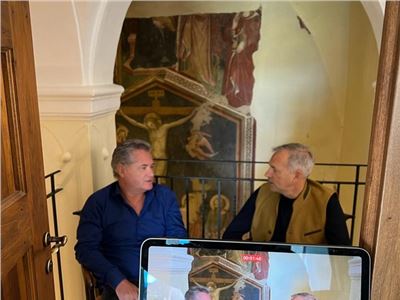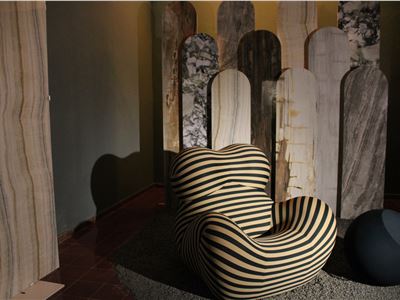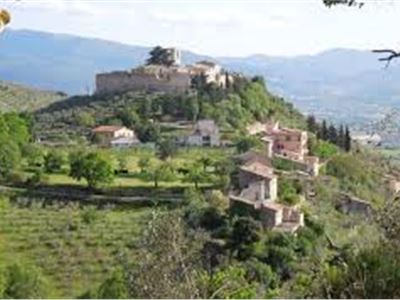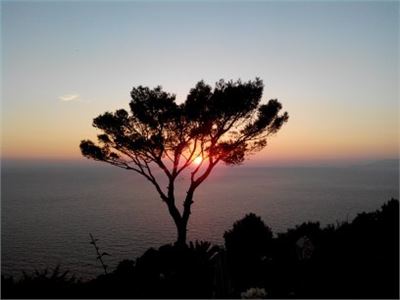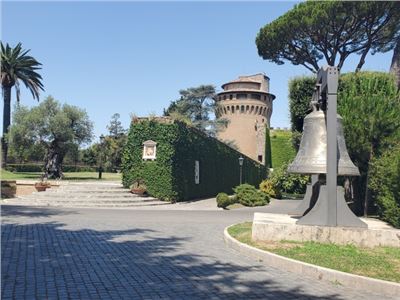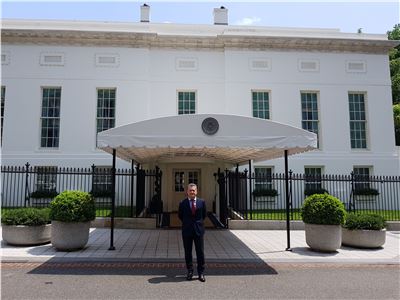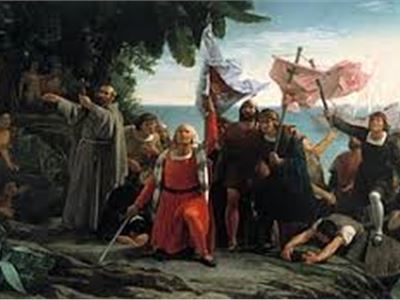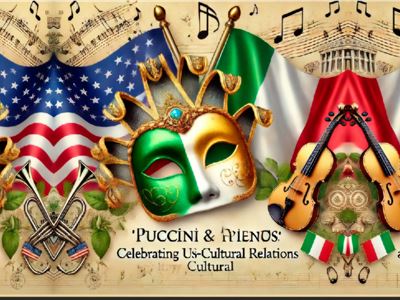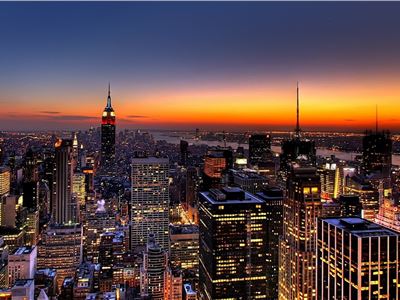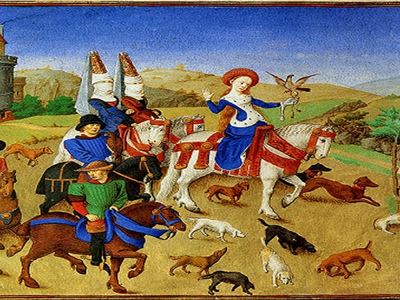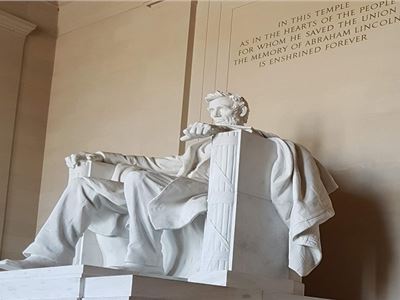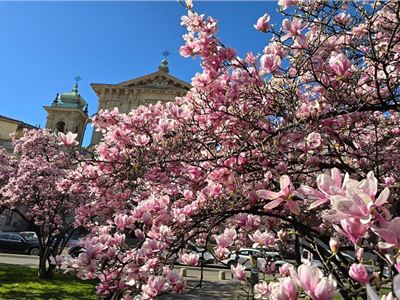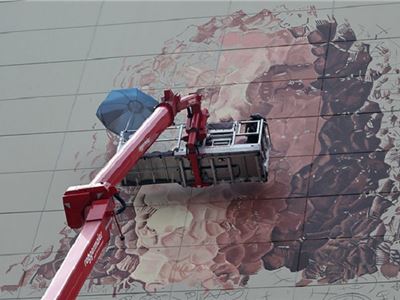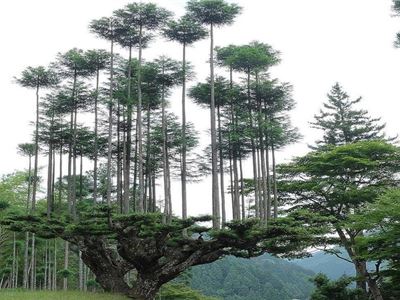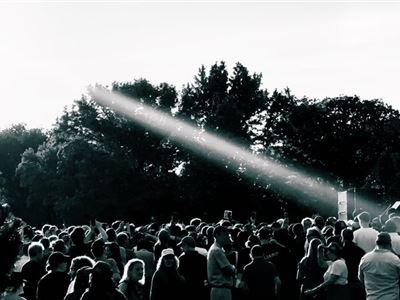Umbria, a region in central Italy, holds significant importance in Italian history for several reasons: Umbria was inhabited by the Umbri people before the Roman conquest in the 3rd century BC. The area was important for the Romans due to its strategic location and fertile lands. Cities like Assisi, Perugia, and Orvieto have roots that trace back to these ancient times, showcasing architectural and cultural remnants from the Etruscan and Roman periods.
During the Middle Ages, Umbria was a battleground for various powers, including the Papal States and the Holy Roman Empire. This period saw the rise of city-states and significant religious movements. Umbria was the birthplace of Saint Francis of Assisi, the founder of the Franciscan order, whose teachings and life had a profound influence on Christian philosophy and charity work across the globe. The Basilica of Saint Francis in Assisi, a UNESCO World Heritage site, attracts pilgrims and art lovers, showcasing the frescoes of Giotto and other masterpieces of medieval art, but also Umbria contributed to the Italian Renaissance with artists such as Perugino and Pinturicchio. Perugino, known for his frescoes and altarpieces, was Raphael’s teacher. The Umbrian school of painting influenced the development of Italian art, with its emphasis on detailed landscapes, religious themes, and a harmonious use of color.
Beyond the arts, Umbria has been a center for spiritual and cultural development. The region's monasteries, churches, and sacred sites have been central to Italians' spiritual lives for centuries. The Eremo delle Carceri, a hermitage in Assisi, and the Monastery of Saint Clare are notable examples.
Driving between "Tasting" places and Olive Oil farms shows us that Umbria's economy has been based on agriculture. It produces olive oil, truffles, and wine, which are integral to Italian cuisine and culture. This agricultural tradition continues to play a vital role in the region's economy and identity.
In 2024, Umbria will remain a vital region for Italy in terms of culture, tourism, and the economy. Its preservation of historical sites and natural landscapes, combined with a thriving arts scene and festivals, contribute to Italy's cultural richness and diversity.
Uncovering Umbria's hidden gems offers a unique journey through a region rich in history, art, and natural beauty, often overshadowed by its more famous neighbors. This tour of Umbria's lesser-known treasures reveals a side of Italy that is tranquil, untouched, and deeply rooted in centuries-old traditions.
Montefalco: The Balcony of Umbria
Perched atop a hill, Montefalco offers breathtaking views of the Umbrian countryside, earning it the nickname "The Balcony of Umbria." This medieval town is renowned for its Sagrantino wine, which is produced from grapes grown only in this region. A visit to Montefalco is incomplete without a wine-tasting session in one of the local vineyards. The Church of Saint Francis, now a museum, houses frescoes by Benozzo Gozzoli and other Umbrian masters, blending art with spiritual heritage.
The Roman Mosaics of Spello
Spello, another hilltop town, is adorned with flowers and narrow alleys that echo its Roman past. The Villa of the Mosaics, which was discovered only recently, is a Roman villa that dates back to the 1st century BC. It offers insight into Roman domestic life through its beautifully preserved mosaics depicting mythological scenes and daily life.
The Waterfall of Marmore
Created by the ancient Romans, the Cascata delle Marmore is one of the tallest man-made waterfalls in the world. Its waters plunge into the lush valley below in three spectacular drops. The surrounding park offers numerous paths for hiking and enjoying the views and the refreshing mist of the falls.
The Lake of Piediluco
Near the Marmore Falls lies Lake Piediluco, a serene body of water surrounded by rolling hills and quaint villages. The lake is perfect for kayaking, sailing, and enjoying the tranquility of nature. The village of Piediluco, with its colorful houses and peaceful atmosphere, feels like a step back in time.
The Abbey of San Pietro in Valle
Nestled in the verdant hills near Ferentillo, the Abbey of San Pietro in Valle is an ancient Benedictine monastery founded in the 8th century. Its remote location, stunning frescoes inside, and collection of Lombard tombs make it a spiritual and artistic haven away from the hustle and bustle of tourist sites.
Norcia: The Heart of Black Truffle Country
Norcia, surrounded by the Sibillini Mountains, is famed for its black truffles, cured meats, and pecorino cheese. The town itself is a gastronomic delight, with shops offering local specialties and restaurants serving traditional Umbrian dishes. The surrounding countryside, with its trails and the beauty of the Monti Sibillini National Park, provides a perfect backdrop for culinary exploration.
Bevagna: A Step Back in Roman Times
Unlike the hilltop towns that characterize Umbria, Bevagna lies on the valley floor, featuring a remarkably preserved Roman theater and thermal baths. The annual "Mercato delle Gaite," a medieval festival, transforms the town into a living museum, with workshops, banquets, and archery contests recreating life as it was in the Middle Ages.
Embarking on a journey through these lesser-known gems of Umbria not only unveils the region's rich tapestry of history, culture, and natural beauty but also offers an intimate experience of Italy away from the well-trodden tourist paths.
- Tags:
- Categories: Travel


